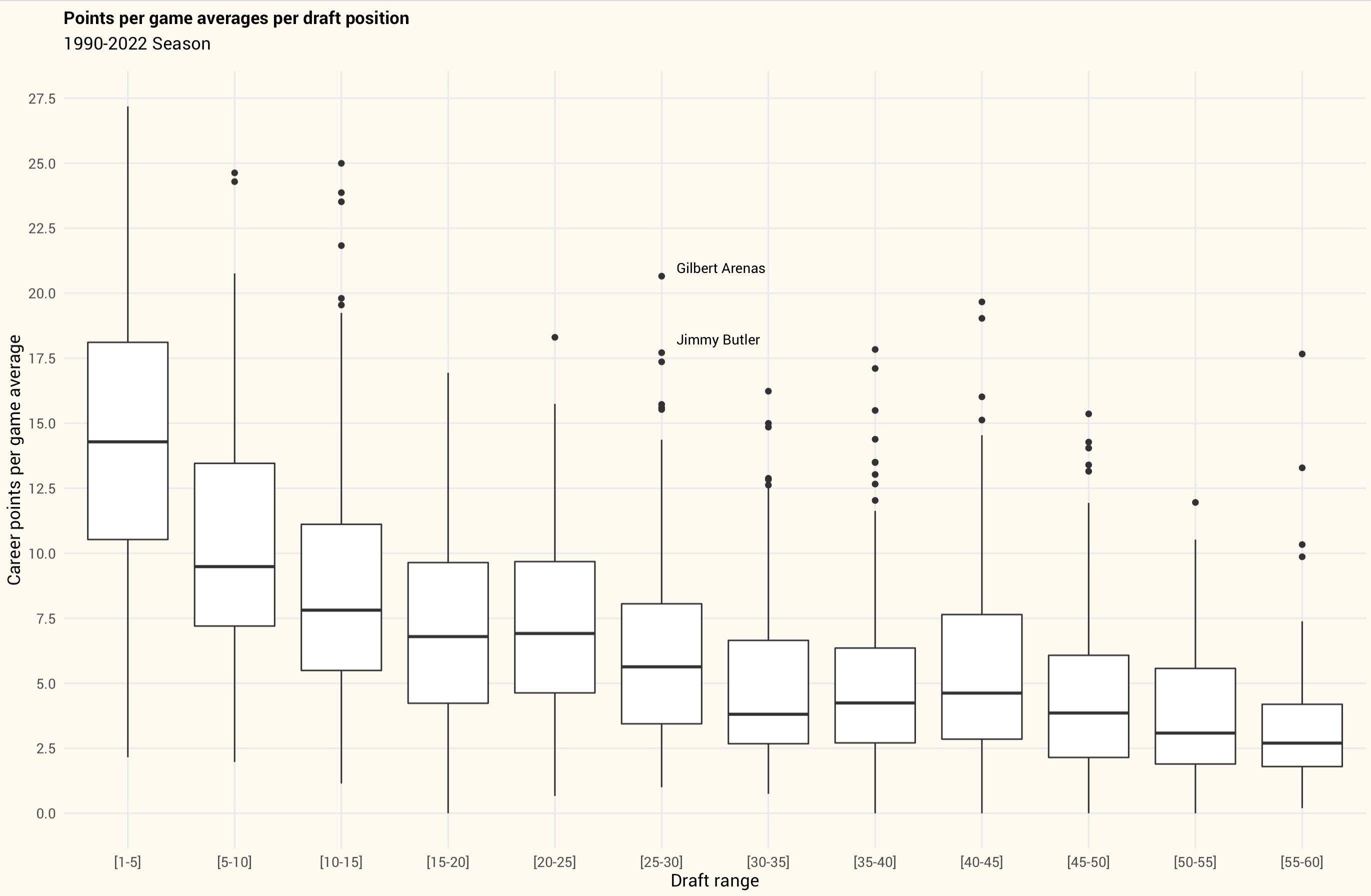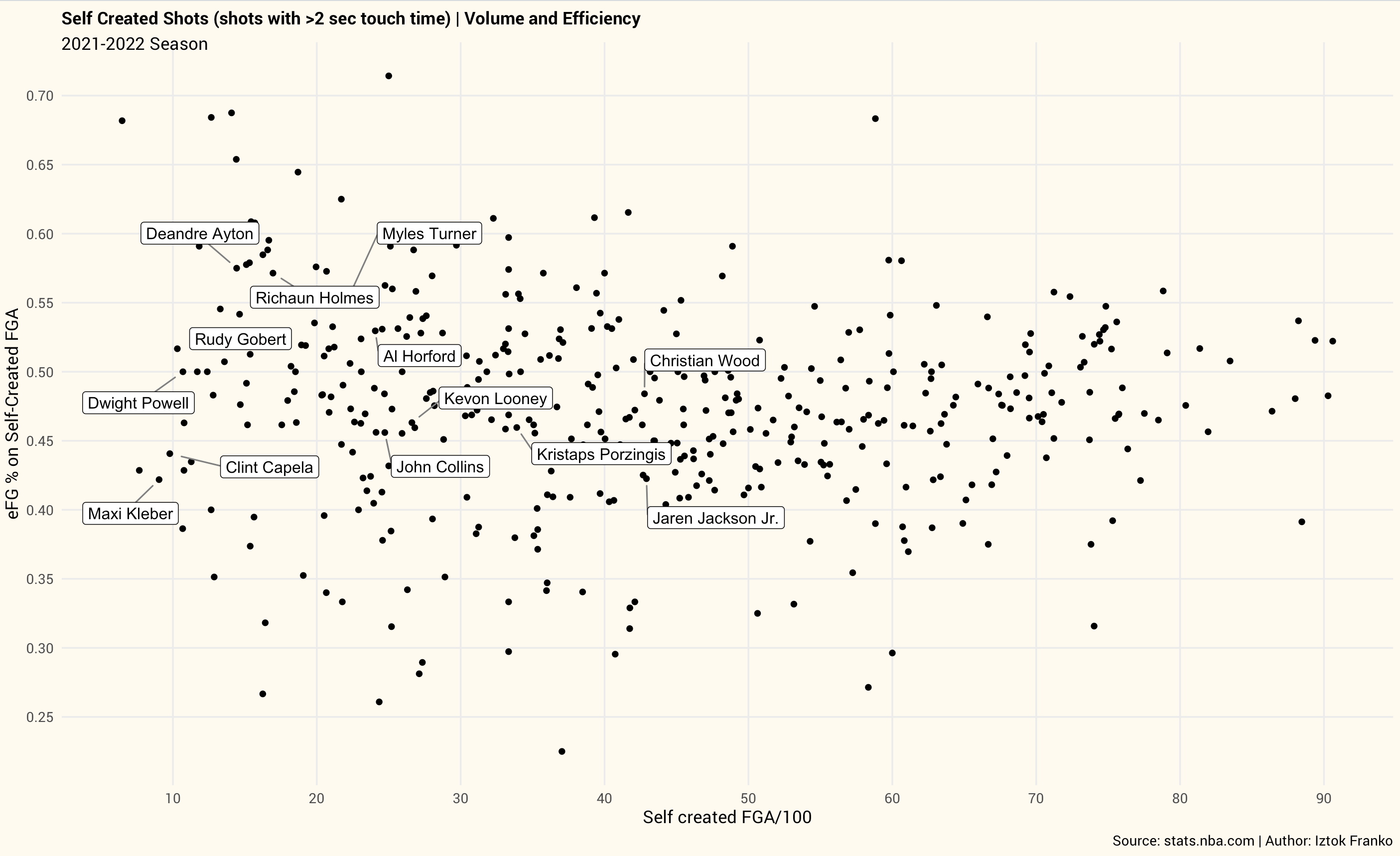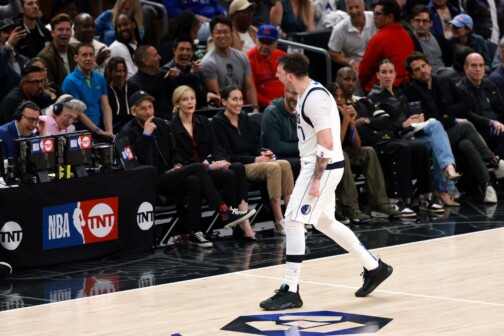Give Nico Harrison credit: the man is proactive. I don’t know how many of the ‘“We’ve been watching the same team for the last three years” complaints he heard, but the last four months have proved he’s not afraid to shake things up.
The process began in February at the NBA trade deadline, when he moved Kristaps Porzingis–and brought in more playmaking in Spencer Dinwiddie–at the first real opportunity to do so after Porzingis had rehabilitated some of his trade value. Then, last week, a week before the 2022 NBA draft, Harrison did what the old front-office regime probably should’ve done in 2020 (the last time the Mavericks had significant draft capital) by moving the team’s top pick plus four end-of-bench players–well, three and the beautiful soul known as Boban–to acquire a starting-caliber big man in Christian Wood.
Dinwiddie’s arrival was key because he evolved into the wild card the Mavericks had hoped for on a roster that had too little unpredictability. Now Wood will become the next Mavericks’ X-factor and reclamation project. The question is how much Wood will move the needle for a team that just finished the season with a surprising run to the Western Conference Finals. The Mavericks are a very good team but one with obvious flaws when compared to the NBA elite. Adding another “score first, defend occasionally” player to the mix doesn’t necessarily address those flaws.
But before I dive too deep into Wood’s fit, let’s talk about the price it took to acquire him. Harrison managed to trade the 26th pick at its peak value–before a player was drafted–and history tells us the odds of the Mavericks drafting a better player in that range were slim.
Yes, the hope of hitting on a star is enticing, but for every Jimmy Butler and Gilbert Arenas–two players drafted in the 25-to-30 range–there are at least 10 more like Maurice Ager, who was drafted 28th by the Mavericks in 2006 and whose NBA career lasted only 82 games. Since 1990, the outcome for 75 percent of the players drafted in the 25-to-30 range has been from 4 to 8 points per game (white box in the chart), with a median of 5.8 points per game career average (thick line in the boxes). The Mavericks’ history of drafting in the late first/early second round has been rougher: they hadn’t had any success here apart from Jalen Brunson and Josh Howard.
Not that Wood is a completely risk-free acquisition. He is 26, but Dallas will be his seventh team in eight NBA seasons. He is a player who is really hard to evaluate both data- and film-wise because the vast majority of his career has been spent on really bad, tanking teams in Detroit and Houston.
The offensive talent is hard to ignore. Wood was one of only four players to average more than 17 points and 10 rebounds and a block per game last season; the other three, Giannis Antetokounmpo, Joel Embiid, and Nikola Vucevic, have played in a combined 13 All-Star Games. Wood possesses a rare combination of athleticism and shooting, an ideal skill set to fill the job description for a Luka Doncic pick-and-roll partner. He can pop for a three, he can roll to the basket, or he can space the floor when Doncic is attacking in isolation.
All told, Wood ranked in the 65th to 70th percentile as a pick-and-roll roll man over the last two seasons, which is quite good when you consider the erratic Kevin Porter Jr. was his partner in crime on the vast majority of those actions. (Sorry, Matt Goodman.) When Wood was paired with an experienced ball handler like John Wall or James Harden in the 2020-21 season, the data was even better. Harden and Wood played in only 137 screening actions together that season before Harden sabotaged his way out of Houston, but the combo was elite–as in, better than the league-leading Harden-Embiid pairing last season and better than the Doncic-Porzingis pairing, which was the NBA’s most efficient that season.
In fact, if you missed Porzingis after the trade, know that Wood should replicate what Porzingis did as Doncic’s pick-and-roll partner, with one notable improvement: he is a much more willing roller to the rim. Porzingis was great when he rolled hard to the basket; he just rarely did it. This will not be a problem with Wood. Over the last two seasons, he finished more than 40 percent of pick-and-roll actions rolling to the basket. (Porzingis’ percentage was usually in the 20s.) He has great hands and is a very good and explosive finisher around the basket, which is key as 41 percent of his shots were at the rim.
What makes Wood so intriguing is he has increased his share of three-point attempts in his shot diet in every season while maintaining high accuracy from distance and without his rim rate cratering. That’s hard to do. Over the last two seasons, Wood shot 38 percent from three-point range on almost five attempts per game. By comparison, Porzingis was at 34 percent on 5.4 attempts in the same period. In a way, Wood will be what Mavs fans always wanted in Porzingis, a big man who can throw down lobs, finish at the rim, and hit an open three at a high rate without the mid-range bravado.
Wood can do some things off the dribble, too. He is at the high end of the spectrum for big men in terms of self-created shot volume, and he’s around league average in terms of self-created shot efficiency.
We’ll see how this evolves playing next to Doncic. I would assume some of his self-created shots will be replaced by lobs and catch-and-shoot opportunities, which is a good thing because Wood is already among the more efficient big men in both areas. However it shakes out, there’s a lot to love here offensively.
Defense is where Wood’s fit gets trickier. His defensive data in Houston was a mixed bag, which made sense given he was playing in an organization built to tank and which consequently fielded a lot of lineups with an inexperienced backcourt. But he’s just not the sort of rim protector and/or bruising rebounder Harrison highlighted wanting to go after in his exit interview. According to Second Spectrum tracking data, Wood was the worst post defender among all centers over the last two seasons and seventh-worst among opponent field goal percentage at the rim. He fared better as a pick-and-roll and isolation defender, especially when defending smaller players and he could use his lack of bulk and agility to his advantage. Over the last two seasons Wood allowed 1.152 points per chance when defending centers in isolations, 0.923 when matched up with forwards, and only 0.898 when defending guards.
His defensive film backs up the numbers: he does much better using his agility trying to stay in front of small players whom he can bother with his length than fighting bullies like Jonas Valenciunas or Deandre Ayton in the post. This is not necessarily a bad thing. Being able to defend on the perimeter is a skill that matters more in the playoffs, provided you don’t run into Nikola Jokic or Joel Embiid.
But we’ll still need to see how he looks as a part of a competent NBA defensive scheme in Dallas, where consistent effort and focus will be required. We can trust the Mavericks’ coaching staff to put him in a position to maximize his skill set, similar to how they got the most out of Dwight Powell’s mobility. Wood’s offensive versatility will also allow Jason Kidd to play him in lineups with another big like Maxi Kleber to reduce the post defense and rim-protection burden. Mavs defensive coordinator Sean Sweeney knows what he’s working with, as he coached Wood in Detroit. During their last season together in 2019-20, the Pistons had an OK defense with Wood on the floor and a very good one when he played at a four spot next to another big man.
Whatever Kidd and Sweeney throw at him, they can probably expect his best effort. He is in a contract year and will hit the open market in his prime at 27 years old. It’s the best chance he’ll have to secure the highest contract of his career–provided he puts the right stuff on tape this season.
All in all, acquiring Wood was a low-risk, potentially high-reward move. At worst, he’ll be an exciting and athletic player to watch. And if Wood buys in and excels in his role–a high workload pick-and-roll partner for Doncic, a third or fourth option on offense, a max-effort defender–the Mavericks will have another solid rotation piece. That’s a significant addition for a team that had only six reliable contributors during its recent playoff run. No matter what happens, he’ll add a dimension to the roster as a big who can do more than just catch-and-shoot or dunk.
But he’s also another offense-first player on a team that has plenty of those. He won’t solve Dallas’ roster imbalance. That makes me believe Harrison is not done reshaping this roster. Based on his recent track record, we probably won’t have to wait long for his next move–and, whatever that move is, he probably won’t be afraid of a little risk either.
Author









